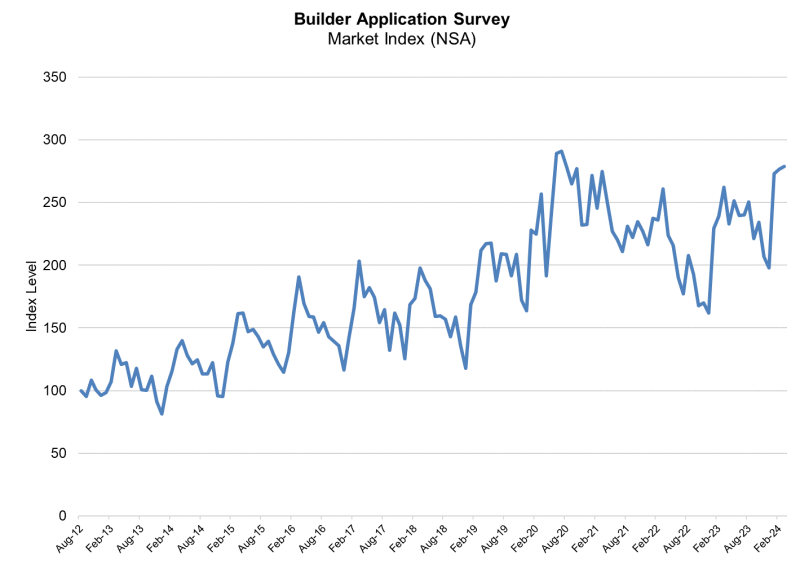Advertisement
Ginnie Mae Reports Increases in Revenue, Net Income and Loan Loss Reserves in 2010

The Government National Mortgage Association (Ginnie Mae) has reported revenues of more than $1 billion for fiscal year 2010, up from $657.3 million in 2009. The increased revenues are driven primarily by increases in guaranty fee income and interest income. Net income for 2010 reached $541.5 million, surpassing the $509.6 million net income total for 2009. The company increased its provisions for loan losses to slightly more than $1 billion in 2010, up from $559.9 million in 2009.
“Given the continued slow pace of growth in the U.S. economy, Ginnie Mae’s increase in both revenue and net income is quite an accomplishment,” said Ginnie Mae President Ted Tozer. “This year we’ve increased our loan loss reserves, and we believe this increased provision is more than sufficient to offset losses on servicing portfolios taken over by Ginnie Mae due to Issuer defaults.”
Ginnie Mae, a self-financed, wholly owned corporation within the U.S. Department of Housing & Urban Development (HUD), earns revenue from fees collected on the mortgage-backed securities (MBS) issued under the Ginnie Mae full faith and credit guaranty. The corporation’s business volume reached a historic milestone in 2010 by surpassing $1 trillion in MBS outstanding. The trillion dollar portfolio supports more than eight million housing units for families across the country. During the housing crisis, the corporation helped stabilize the largest segment of the market by pumping more than $900 billion in liquidity into the single-family housing market since June of 2008.
“Our goal is to be the best-in-class conduit for bringing capital into the U.S. housing finance system, while minimizing risk to U.S. taxpayers,” said Executive Vice President Mary Kinney. “During this incredibly challenging housing market, Ginnie Mae has overseen tremendous business growth, while simultaneously implementing strong risk management practices and providing efficient solutions to our business partners.”
Ginnie Mae raises capital from investors in the global credit markets to ensure liquidity for affordable rental and homeownership opportunities across the country. Its business is to finance housing mortgage programs run by the Federal Housing Administration (FHA), the Department of Veterans Affairs (VA), the Office of Public and Indian Housing (PIH), and the Department of Agriculture’s Rural Development Housing and Community Facilities Program (RD).
For more information, visit www.ginniemae.gov.
About the author





